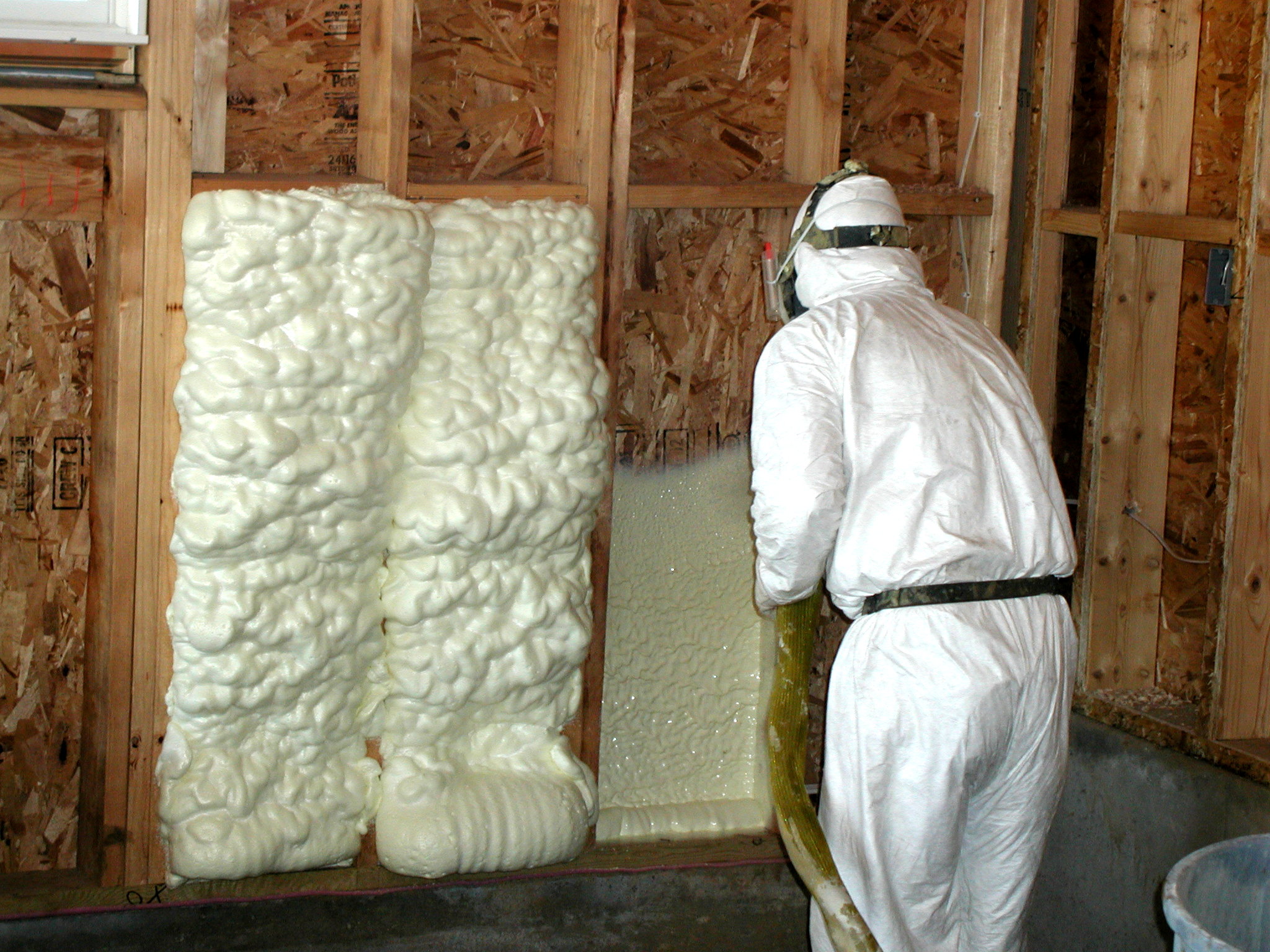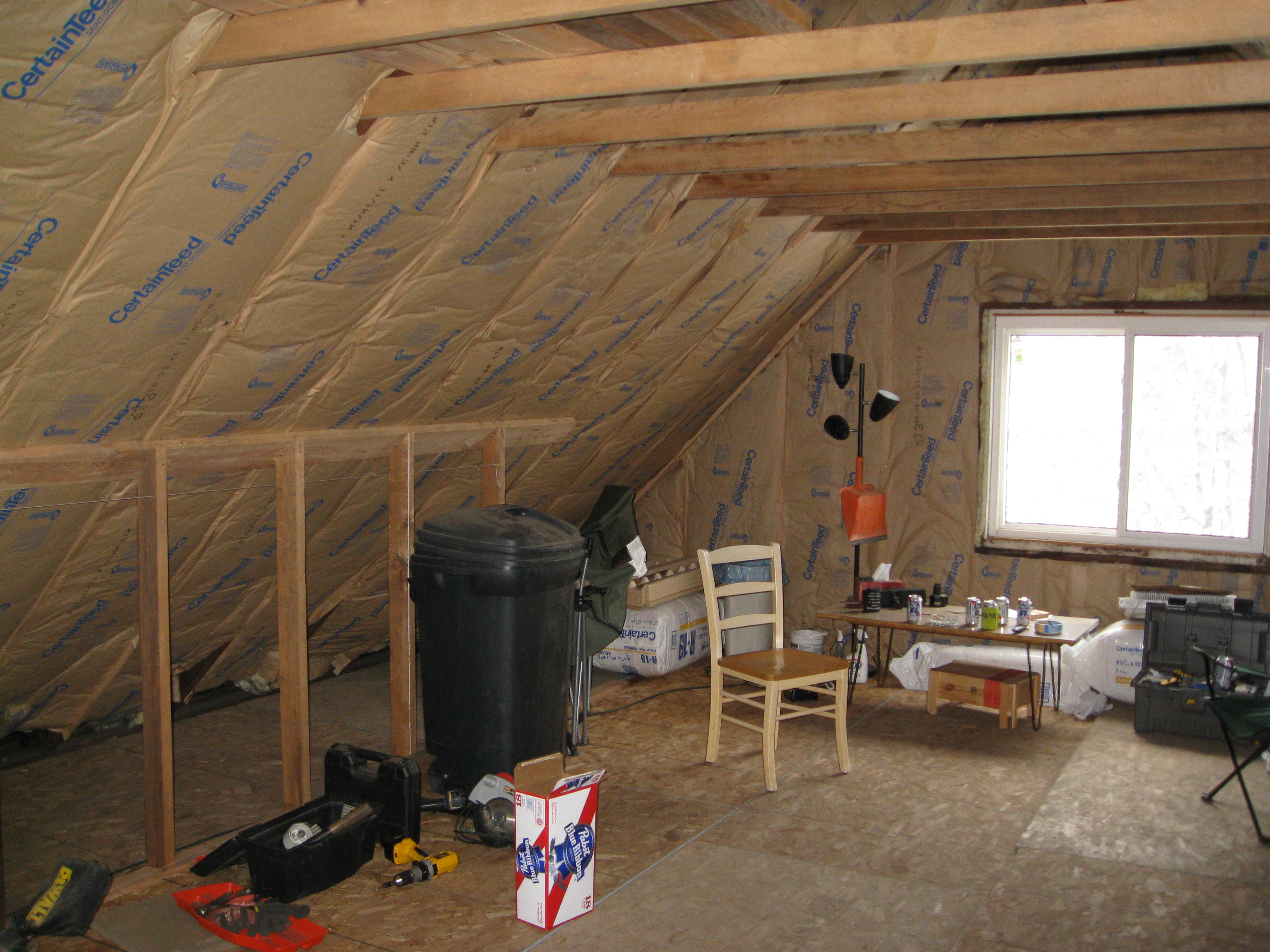Indoor Air Quality Testing
What do I get with an Air Advice Indoor Air Quality Test?
Energy Smart Home Performance utilizes Air Advice Indoor Air Quality monitors to begin to narrow in on Indoor Air Quality (IAQ) problems. We find their report to be particularly useful and readable by laypeople and pros alike. We’ll show you what that report looks like in a minute, but first a little IAQ discussion and what the Air Advice actually monitors.
If you think you have an IAQ problem, you’re probably right. Our noses tend to be pretty good judges. If you constantly yearn to throw open the windows in winter, that’s one sign. A burning in your nostrils is another. Lingering odors is a third. Asthma issues or indoor allergies is a fourth. There are lots of potential symptoms.
How can you test to see if there is an Indoor Air Quality problem?
There are a lot of tests out there, some measure one point in time and space – a vacuum filled container is one example. They suck in a little air when you open them, which is analyzed in a lab. These are useful in identifying specific chemicals and other problems that exist. Their weakness is that they only show a snapshot, they could make a problem look better or worse than it is, or miss it altogether if used in the wrong spot.
Another type is a continuous monitor which measures levels continuously for the duration of the test, which could be days, hours, weeks, or more. This type typically logs the data and can graph it, hence they are called dataloggers. These often do not have the ability to pinpoint specific chemicals, particle sizes, molds, or other things. They are a good general test to begin to narrow down what the problem is.
The Air Advice IAQ monitor is a continuous monitor. It measures 6 things:
- 1. Volatile Organic Compounds (VOCs) – Also called chemical pollutants.
- 2. Particulates – Very small bits of dust, which can be hazardous. The smallest bits can be inhaled and go directly into the bloodstream.
- 3. Carbon Monoxide – This is the bad stuff that kills you when something burning doesn’t burn well. Typical sources in a home are the furnace, water heater, stove, dryer, and cars in the garage.
- 4. Carbon Dioxide (CO2) – Carbon dioxide is a proxy for air freshness. Humans breathe out CO2, so if concentrations are high the air is not being moved enough.
- 5. Relative Humidity – Humidity is critical to control, too high and you get mold & rot, too low and you get dry skin and flu spread. Check out our humidity page for more.
- 6. Indoor Temperature
For more information on these 6 things and the problems they can cause, please read our IAQ page (click here to open in a new window to read later).
The Air Advice report also shows local outdoor temperature and humidity pulled from the nearest weather station. OK, let’s take a look at a report, here’s a little background so you can begin to understand what’s going on in this particular report.
Nate Adams’ Air Advice Report
Here is a PDF copy of the Air Advice report for my home, an 1835 former general store. The report is from 31 May 2014 to 4 June 2014. The unit was in the kitchen last summer with the windows open. My home is about 30 feet off a main road, so lots of road grime comes in and spikes the particulate count. The big particulate bump at the end was a candle I burned near the unit. The house doesn’t have air conditioning, hence the open windows. Let’s take a look at the report page by page. Remember, your results will likely be completely different from these.
This is the overview of the report. It tells you where action is needed. In my case, there are a lot of particulates. I can attest to this as my seasonal allergies were off the charts at this time, I probably used 2 boxes of Kleenex during this 5 day test. Humidity is also too high. Without air conditioning, there’s nothing I can do for either one, though.
These are the outside weather conditions which are pulled from the nearest weather station. This was the first real warm period of the year, that time when you spend as much time outside as you can.
Watch the dew point in green. Anything over 60 starts to feel sticky, so there were a few sticky days. High humidity levels can cause more problems in newer homes since newer homes are built of materials more susceptible to moisture issues.
Note the ‘C’ rating from the American Lung Association for outdoor air quality. We live in Portage County, which has mediocre outdoor air quality. Cleveland is in Cuyahoga County, which has an F. Akron is in Summit County, which also has an F. These ratings are done every year and can be found here. ‘Fresh air’ isn’t necessarily as fresh as you think in many places, unfortunately.
This is the first of the 6 measured things mentioned above. The particulates, or particle allergens, are very high at my home. The road right in front of the house is the major contributor, and it was also a heavy pollen season. The last spike is a candle burning. Be careful burning candles in your home, they are very bad for IAQ.
Chemical pollutants is another name for Volatile Organic Compounds (VOCs). I can’t remember what caused the first spike, but the second one is when the house was being cleaned. Most cleaning products are pretty bad for IAQ.
This is a really interesting one. Carbon dioxide (CO2) levels should be around 400 parts per million in general, that’s about what is in the air outside. At my home, the level is over 500 because of all the car and truck exhaust right in front of the house. We’ve seen other clients be in the 350 range. If this was in the bedroom, it would spike when we’re sleeping.
If CO2 levels are too high, it’s a sign that the air inside the house is stale. It may mean that the house is too tight, and needs fresh air ventilation. According to Berkeley Labs, elevated levels of CO2 can cause cognitive problems. Above 1000 ppm effects start to show, above 2500 they are marked. Here is a chart of what they found.
For more, read the study from Berkeley Labs.
The most comfortable temperatures are between 72 and 76 degrees. Since my home doesn’t have air conditioning and the windows were open the whole time, the house tracked with outdoor temperature and got a little high and a little low for Air Advice.
Relative humidity (RH) is REALLY important. It may be the most important thing to control in your home. Too high and it can cause mold & mildew, exacerbate chemical pollutant problems, and many other ugly things. Too low and everyone gets dry skin and the flu spreads more easily. The sweet spot is 30-55% RH. You can read more on our humidity page.
To control this, a house needs to be fairly airtight so that humidity can be added in the winter and removed by air conditioning in the summer. Creating these conditions is always a part of at least one of the plans we will give you.
Carbon monoxide (CO) is a pretty scary thing. Thankfully in my kitchen during this test, at least, it’s not a problem. Our oven is very old, from the 1940s, and has 3 pilot lights. We have a high sensitivity CO detector that goes off periodically from it. Many stoves have issues. Water heaters and furnaces also frequently emit high levels of CO.
Carbon monoxide testing is part of a full energy audit, but it is only a point in time. The Air Advice monitor can show if it is a consistent or occasional problem, or not one at all.
This is the last page of the test, which combines all the graphs on one page so you can look for patterns. It would be nice if it also graphed outdoor temp and humidity, but it doesn’t.
That’s it! Time for the pitch.
So that’s a complete look at an Air Advice report. What it shows for each house is different. What’s going on in your house? It’s useful for ruling out various causes or deciding what element to focus further testing on.
This isn’t our focus, though.
Please note, this is just a tool in our arsenal. Energy Smart Home Performance exists to solve homeowner problems, not just identify them. Indoor Air Quality work is just one element of what we do. Air Advice testing is really useful in identifying problems or ruling them out, but it’s just knowledge, it takes a plan to actually fix the root problem, and then doing the work to fix it. We help with the entire process – diagnosis, planning, and execution.
Want to get an Air Advice test?
Our process always begins with an initial consultation. We need to understand what problems you have and how important it is to solve them. Almost all problems in a home can be solved with the proper mix of air sealing, insulation, and HVAC (heating, ventilation and air conditioning). We’ll help you understand how all this works.
The first steps in that process are asking questions, finding out how much the house leaks (which drives many IAQ problems), and checking utility bills to see how much opportunity for savings there is there (those savings can help pay for a project, even if you don’t care about them.)
All of this is included in an initial consultation. At that time, you can ask for an Air Advice test for an additional charge. If we have it with us, we’ll leave it with you. If not we’ll drop it off later and then return to pick it up 3-7 days later.
Wait! Don’t just call, though.
Energy Smart is very collaborative, we work with you to discover root causes and develop solutions. To do this, we need you to have a baseline level of understanding. Please don’t just pick up the phone, below are some links to read first. Then you can fill out our questionnaire which saves all of us time and earns you a nice discount on an initial consultation. It gathers important information and will help you further understand if Energy Smart is a fit for you. If you aren’t itching to reach out after doing some more reading, we’re probably not the one for you.
Further Reading
Indoor Air Quality – The air inside your house is likely 2-5 times dirtier than outside. Here’s the rundown on what IAQ is.
Indoor Environmental Quality (IEQ) – True comfort is more than just thermal comfort. Find out more about what is involved here.
Humidity: Another Make or Break for Your Home – A top 10 list of how high and low humidity screws things up in your home. Mold and flu and eczema, oh my!
The Science Behind What We Do – Home Performance is rooted in science. Everything is interconnected, and we try hard to keep those connections in mind. Here’s the basics.
Problems We Can Help With – Want to know if we can help? Here’s a starter list of problems we can solve.
Get the HVAC Guide

It's free! Make buying a new furnace, air conditioner, or heat pump less stressful.










